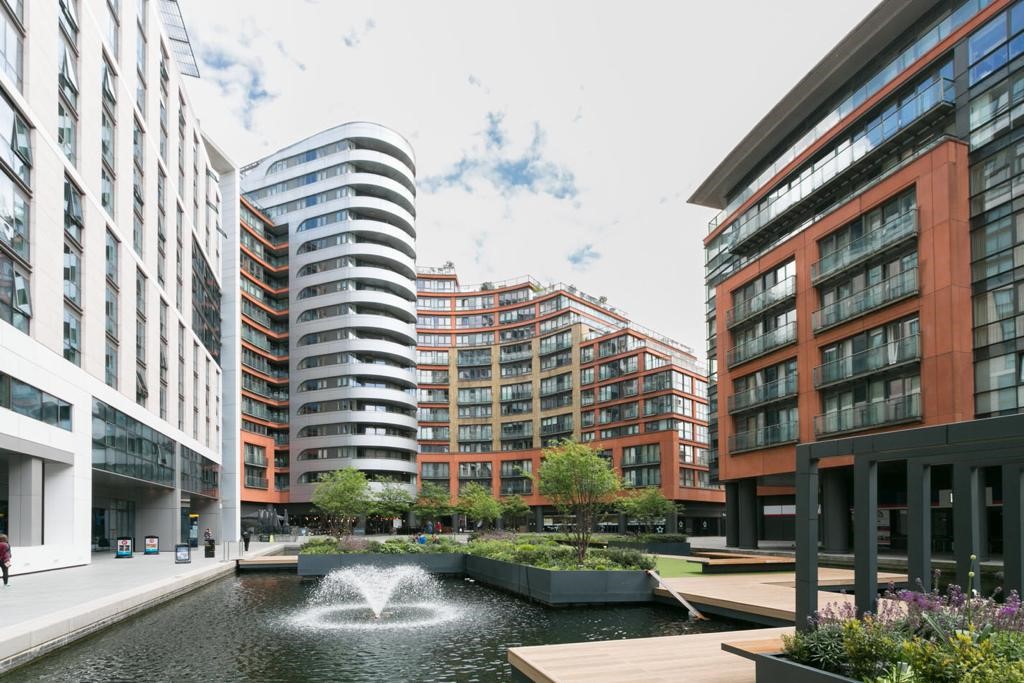By Siham Ben Amor, MD, WER Investments Ltd

🔍 A Strong Hook London’s iconic skyline may have dimmed but beneath the surface, opportunity is stirring. Amid headlines of flagging prices and tax shifts, savvy investors are asking: Is buy-to-let in London still worth it in 2025?
📊 Where London Stands: Data-Driven Insight In the 12 months to July 4, 2025, the average London property sold for £695,000, reflecting a –14.7% annual decline (investropa.com, onthemarket.com). Other sources note an average of £666k, down 8% year-on-year, with around 73,100 transactions (plumplot.co.uk). Meanwhile, rents have modestly grown about 3.7% annually to an average of £2,560/month (bricksandlogic.co.uk).
Buy-to-Let lending is rebounding: Q4 2024 saw 52,648 new BTL loans worth £9.6 bn, up 39% by volume and offering yields around 7% (ukfinance.org.uk). AB Fund managers like Savills expect UK-wide rents to climb 6% in 2025, with Prime Central London real estate still delivering gross yields of 5%+ (hceuk.com).
✅ The Case For London BTL
- Attractive yields vs. stagnant prices: Capital values have softened, but rental returns around 5–7% gross remain competitive, especially in commuter belts and emerging boroughs offering unique London property investment opportunities.
- Rebound in mortgage deals: Falling BTL rates (around 5.1%) are making leverage more cost-effective.
- Rental demand stays solid: Post-pandemic housing shortages persist, and regulatory reforms like abolishing Section 21 favor longer tenancies with fewer voids (en.wikipedia.org).
- Opportunities from market dips: Prime Central London real estate has plunged, Kensington & Chelsea property has dropped ~15% in a year (ft.com) opening doors for deep-value acquisitions, especially for domestic buyers (intracapitalestates.co.uk).
⚠️ The Case Against
- Weakening capital growth: London underperformed UK average; prices rose just ~1% annually even in broader London (bricksandlogic.co.uk), with central districts still in decline (ft.com).
- Policy & tax headwinds: Stamp duty surcharges, Section 21 abolishment, higher tax on foreign investors, and rising service charges on leaseholds cut into net returns.
- Shifting investment geography: Only about 10% of home purchases are buy-to-let now, down from 16% in 2015, with investor interest shifting to northern UK hotspots like the North East (9.8% yields) (propertywatchdog.co.uk).
- Economic headwinds: Slowing wage growth, possible rate cuts later 2025, and affordability pressures might limit both rent growth and capital upside (intracapitalestates.co.uk).
🧭 Balanced Insight: A Strategic Approach
- Location selection is paramount, knowing where London property investment opportunities exist can make or break your returns.
- Choose your investment model.
- Plan for regulation and tax.
- Time exit and holding horizon strategically.
🧠 Final Thoughts Buying into London’s buy-to-let in 2025 requires nuance. With capital values cooling but rental demand firm, a well-researched, locally-focused strategy with contingencies for costs and regulation can still deliver attractive risk-adjusted returns.
London is no longer the effortless goldmine it once was, but for those willing to dig deep, Prime Central London real estate and other targeted boroughs still present strong London property investment opportunities.
Need tailored investment advice? Contact us at WER Investments LTD and let’s find your next profitable venture.
Siham Ben Amor, Managing Director, WER Investments LTD 📧 Email: Siham@werinvestments.com 📞 Phone: +44 7985 475966
